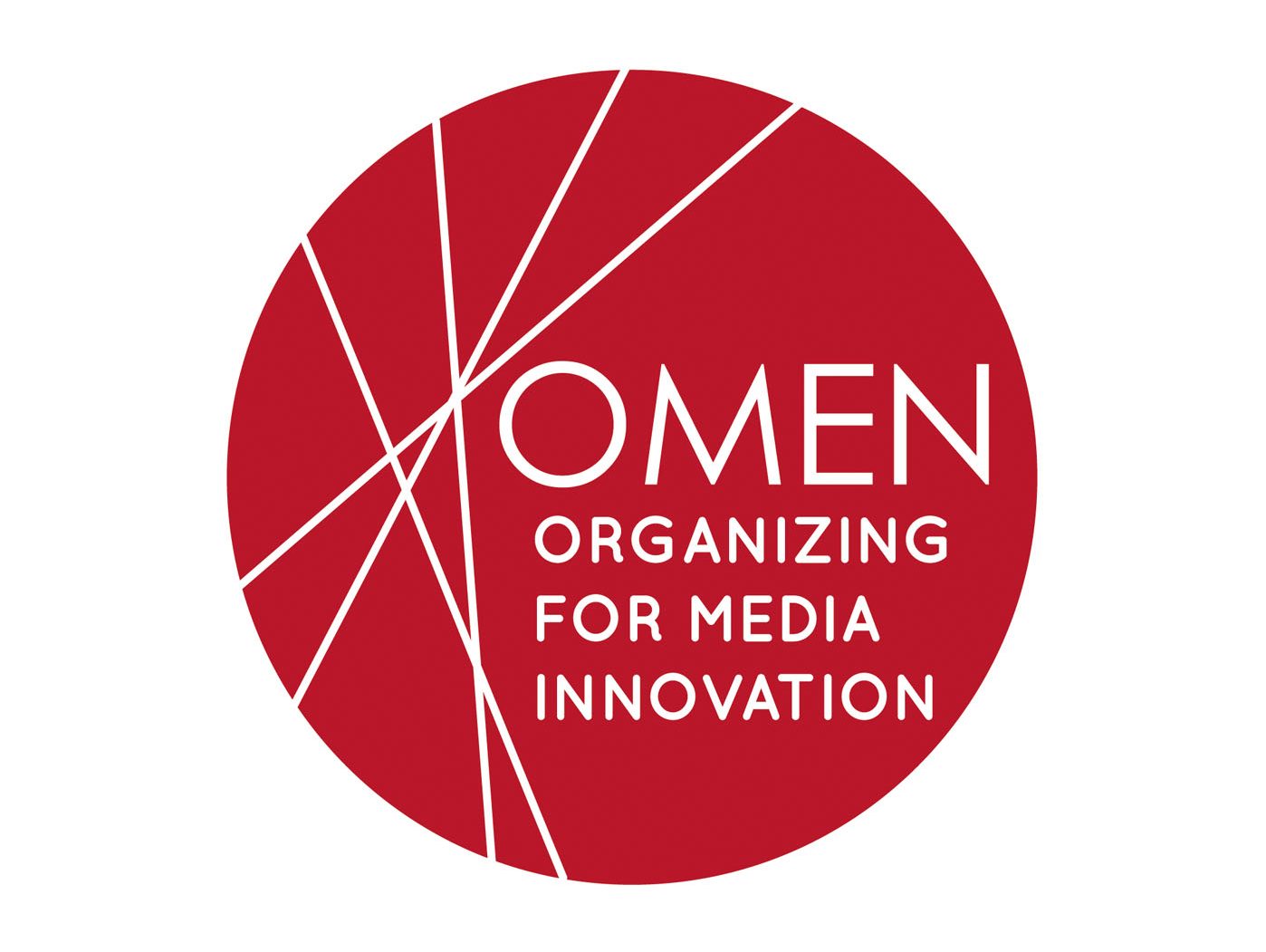Traditional news organizations all over the world are going through a time of crisis. They are in dire need to change their work practices, news products and financial models in order to survive, yet they struggle to know how.we identify the ability to shift the main work mode from production to production-and-innovation as the “missing link” in most news organizations. They are constantly preoccupied with change, but in closer scrutiny their work practices hardly seem to change at all. Why is it so difficult to lower the threshold for innovation?
Aim and measuring (point of departure)
Many change processes are initiated without a clear and common understanding of what the main aim of the change is – why are we doing this? Another obstacle for making change effective, is that the ways of measuring the effects of change are not attuned to the aim itself. Do we have an aim that can best be measured through statistics or through qualitative investigations of impact? A lack of collective understanding of the reasons for initiating change, will also make it harder for all to know what to do and where to put their energy. To define and communicate this point of departure is the responsibility of managers.
a) What do we want to achieve?
b) How do we find out if it works?
1. Involvement (all in)
This is where a lot of change processes fail, because managers lack a strategy for including everyone in the organization from the very beginning, throughout the preparation, test and adjusting periods. A recommendation here is to establish a smaller group of employees that are stakeholders in various ways, to work from a mandate based on the defined aim of the organizational change. This group will then be the base for getting input and reactions from all employees, either through formal or informal channels and forums.
a) How will employees be involved?
2. Information (awareness)
Working in steps to include everyone will secure ownership to the change process and also be a great source of practical knowledge on where the enablers and barriers for change lies in the organization. The best strategies for getting everyone to agree on the change process and aim, are based on arguments and knowledge developed from the ground – how can this change process become meaningful to the employees in their everyday life? How can knowledge from other industries or professions legitimize the effort put into this change process?
a) How do we get everyone on board? (reasoning)
b) What knowledge do we have that supports the chosen aim?
3. Enablers (identify technology needs, motivation, concepts and knowledge)
In order to identify the enablers for change in each context, we see that knowledge about people’s motivation for change is needed. All humans are motivated by both external and internal factors, yet seldom in the same way. Managers are usually more motivated by factors like sales numbers and KPIs than the average employee – who is more likely to be motivated by improvements in the everyday work, be they social or emotional. Tapping into the organizations’ motivation for change as a whole is thus about figuring out what motivates each individual. Design the change process and adjust the aim accordingly.
a) What is the intrinsic and extrinsic motivation for employees, managers and others?
b) What do we need to facilitate this change, in terms of new and existing knowledge, technology/software, metaphors/definitions and ways of organizing?
4. Testing (application & actualization)
To give room for adjusting what didn’t work and breathing space for managers, we recommend defining the initial change as a test period. Changes in organizations are often kept, not out of need or success, but out of managers’ fear of admitting failure. A testing period give courage and flexibility to all. It is paramount that one collectively agrees on the length on the test period and communicate this as a “before and after”, while also having the tools for measuring what happen throughout the period. Do the changes have effect?
a) How long do we test for and how do we identify the need for adjustment? (who is involved?)
5. Adjusting (appropriation)
When the test period is over, a group of managers and employees/stakeholders in the organization should sit down with the data and discuss the effects on all levels. A change doesn’t have to “look” the same in every department or professional group in the organization. This is also a good time to get everyone’s first hand responses, both positive and negative, in order to adjust minor failures or to gather information about what change process should be up next. When the change is no longer seen as different from everyday practices, it can be deemed effective.
a) How do we know that this has become a taken-for-granted practice in the organization?
b) How do we adjust what is not optimal?
6. Adaptation (new information, measuring and awarding to secure the changes)
It is easy to slip back into old routines, also without intention. Maintenance strategies are therefore recommended, and these should be designed to fit the individual or collective needs and motivation of both employees and managers. Celebrating success regularly and having ways of providing updated “proof” of why the change process was necessary to go through, also helps when the organization takes on their next challenge. It is possible to get both employees and managers to feel good about change – if done the right way.
a) What do the employees need to know, to enable appropriation and even stronger results? (conversations on individual performance)
b) How will employees be informed, measured and awarded? (internal and external, e.g. prizes)
